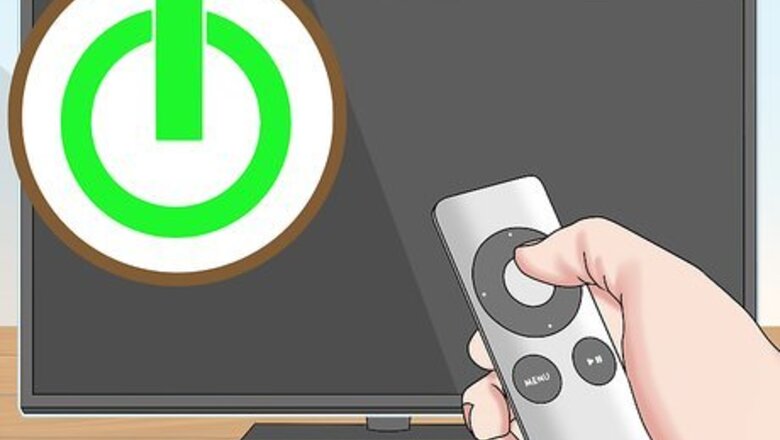
views
X
Research source
If your Mac can't connect to your Apple TV via AirPlay, you'll need to use an HDMI cable to connect instead.
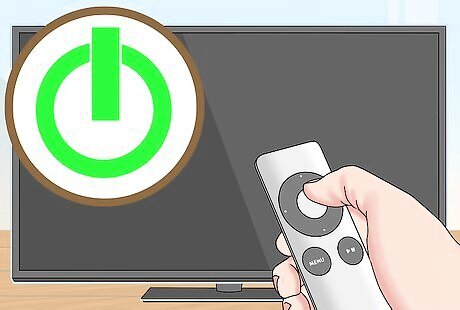
Turn on your Apple TV. If this is your first time using Apple TV, you may have to set up and configure the Apple TV before proceeding.
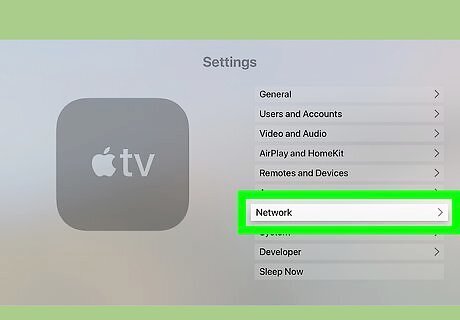
Make sure that your Mac and Apple TV are connected to the same Wi-Fi. You may need to change your Mac's connection to match that of your Apple TV. To check your current connection: Mac - Click the "Wi-Fi" icon Mac Wifi in the upper-right corner of the screen, then look at the name of the network that has a checkmark next to it. Apple TV - Open Settings iPhone Settings App Icon, select Network, and review the name of the network to the right of the "CONNECTION" heading.
Click the Control Center icon on your Mac. It's the two sliders on the right side of the menu bar. If you're using macOS Catalina or earlier, click the icon of a square with a triangle in the menu bar instead. Then, choose the name of your Apple TV to connect.
Click the Screen Mirroring icon. It's the two overlapping squares on the Control Center. Available AirPlay devices will appear.
Click your Apple TV. Depending on your settings, a 4-digit code may now appear on your Apple TV. If so, enter the code on your Mac to connect.
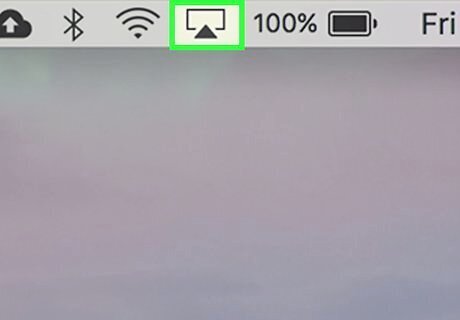
Wait for your Mac's screen to appear on your Apple TV. Once you see your Mac's screen appear on the Apple TV, you have successfully mirrored your display.
Choose whether to mirror or extend (optional). By default, AirPlaying will automatically mirror your screen. If you want to extend your screen to use your TV as a second monitor, click the Screen Mirroring icon in the menu bar, then click Use as a Separate Display. AirPlay automatically transmits the sound from your Mac to your TV. If you can't hear the sound from your Mac through your Apple TV, click the sound icon in your Mac's menu bar, then click your Apple TV.
















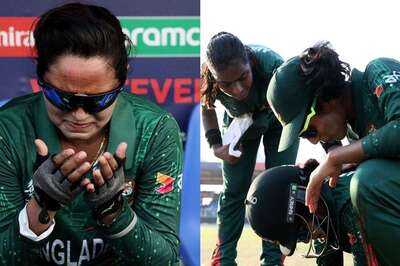



Comments
0 comment